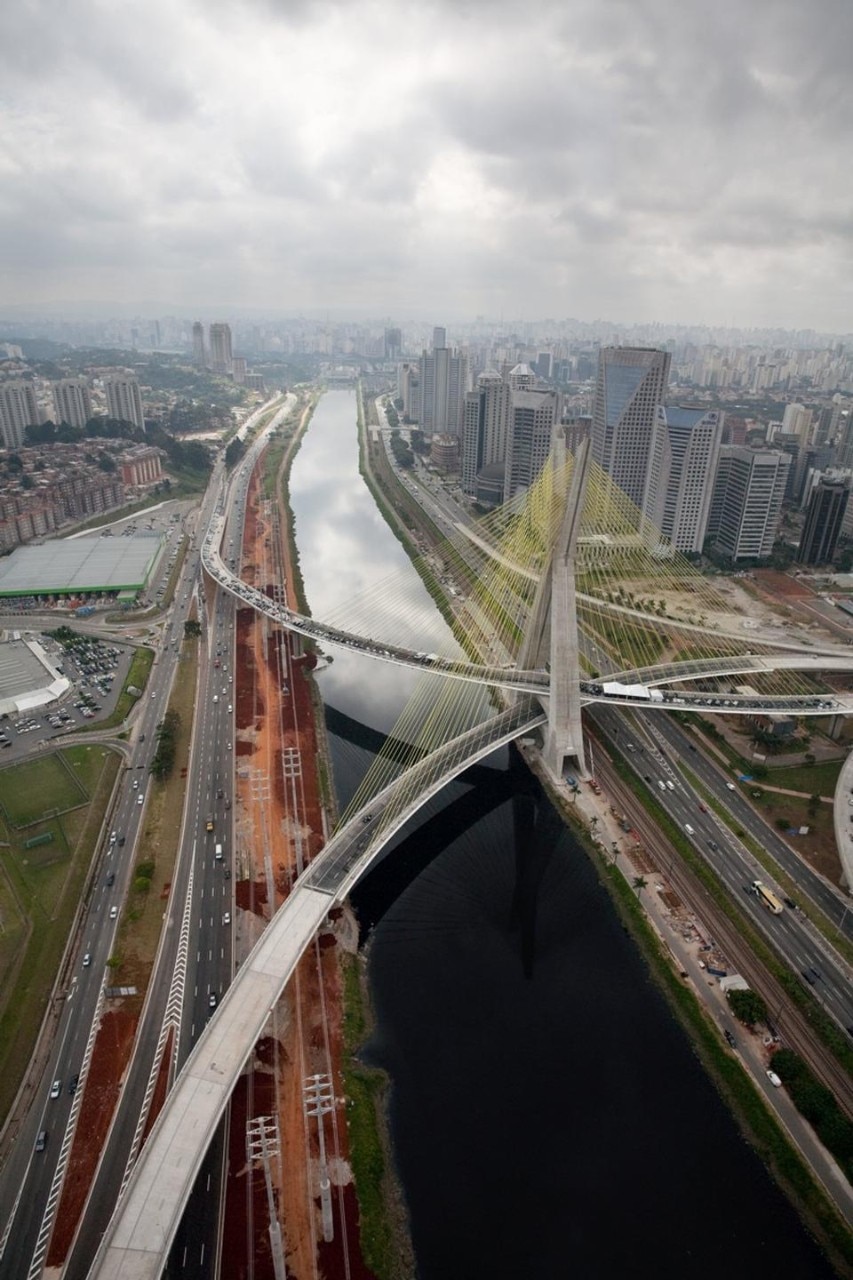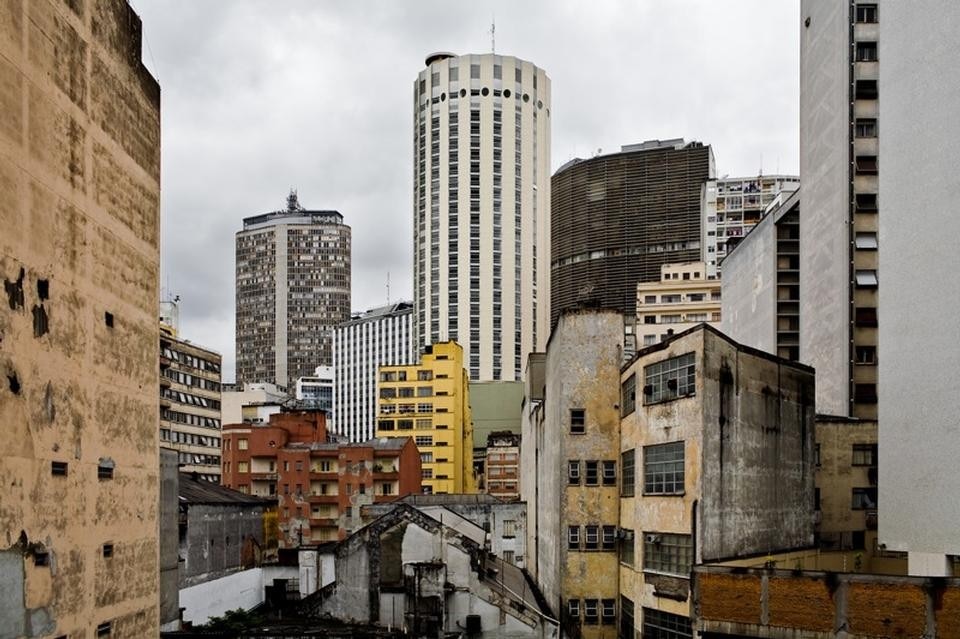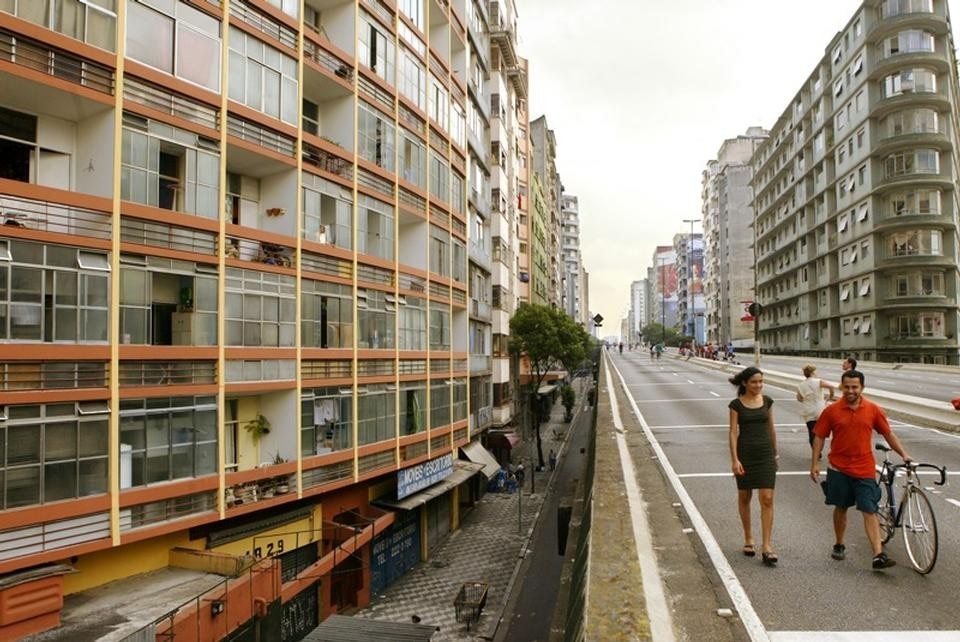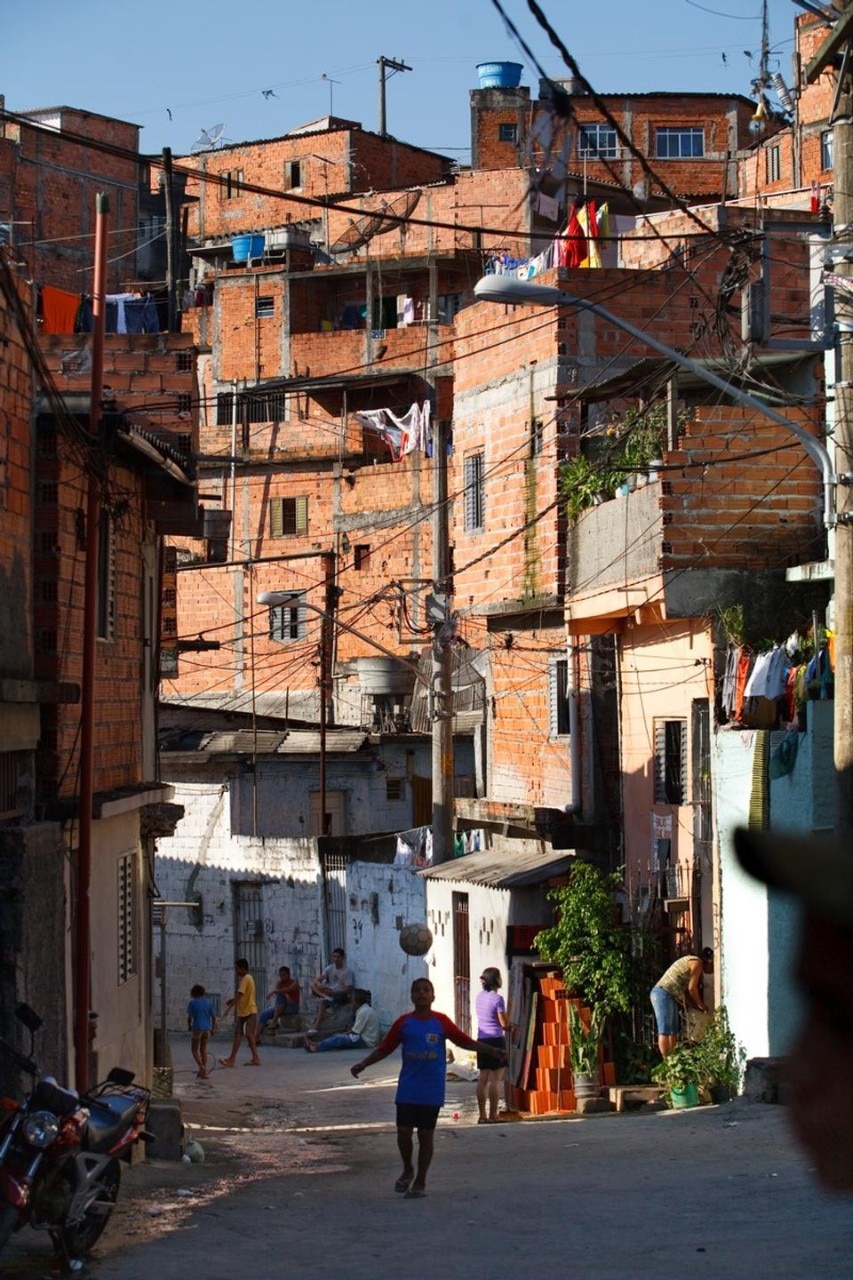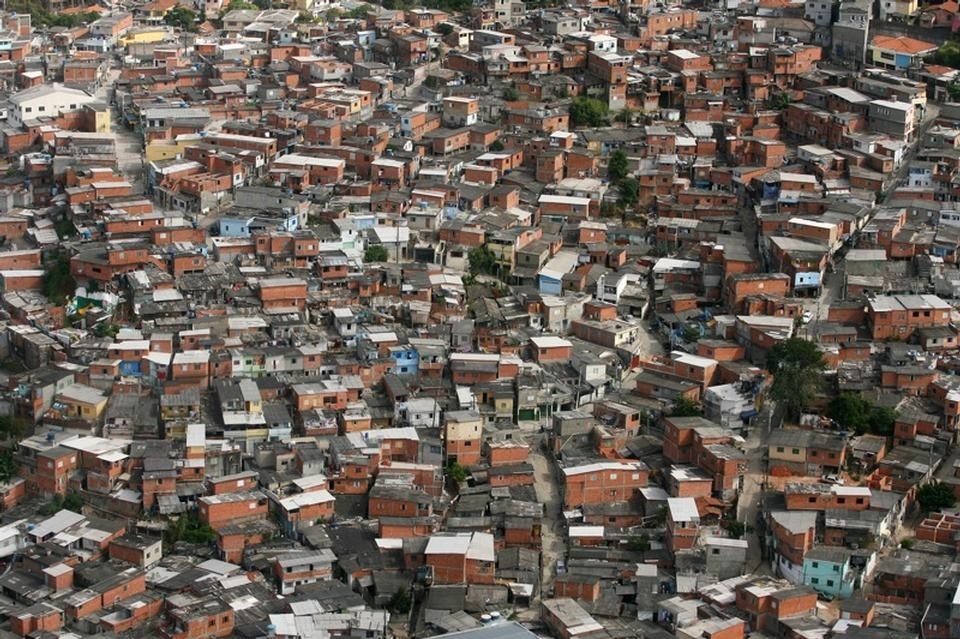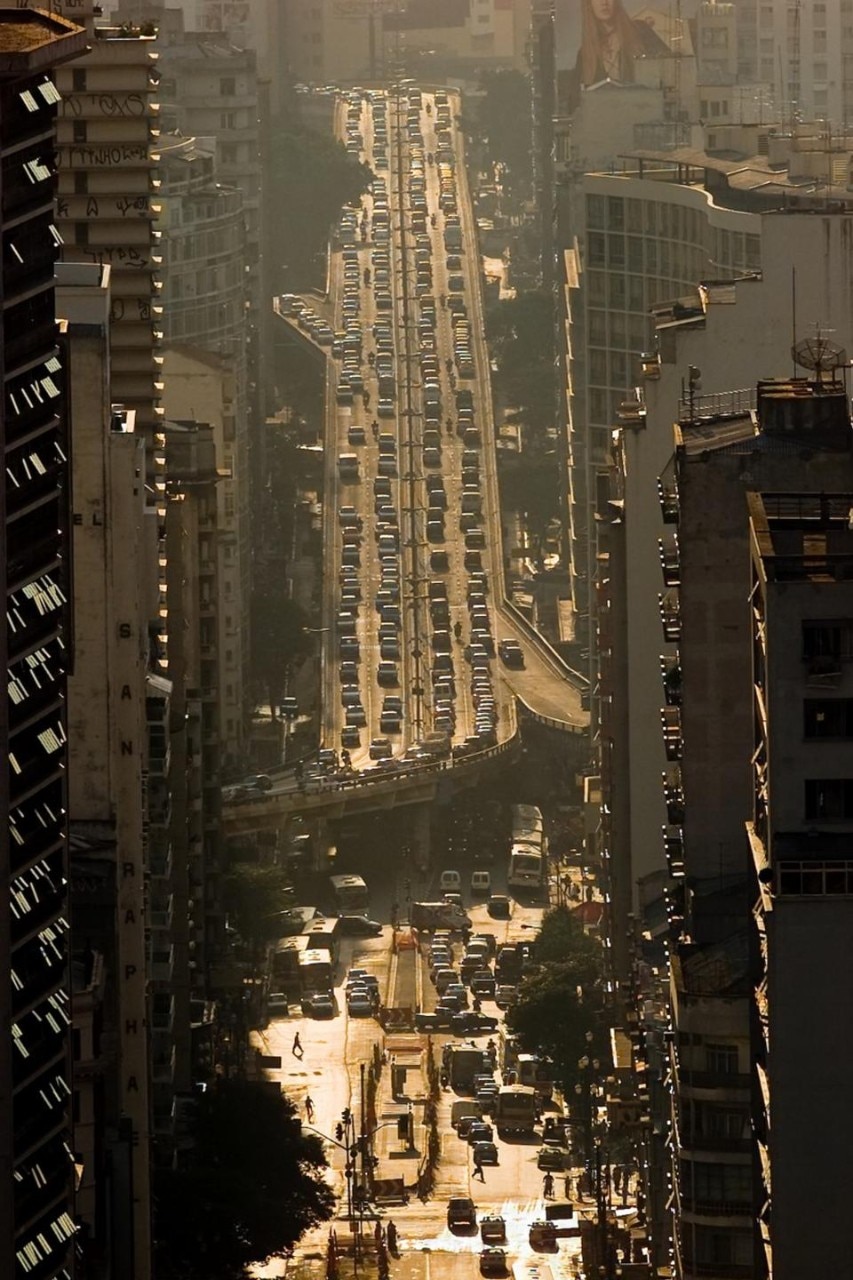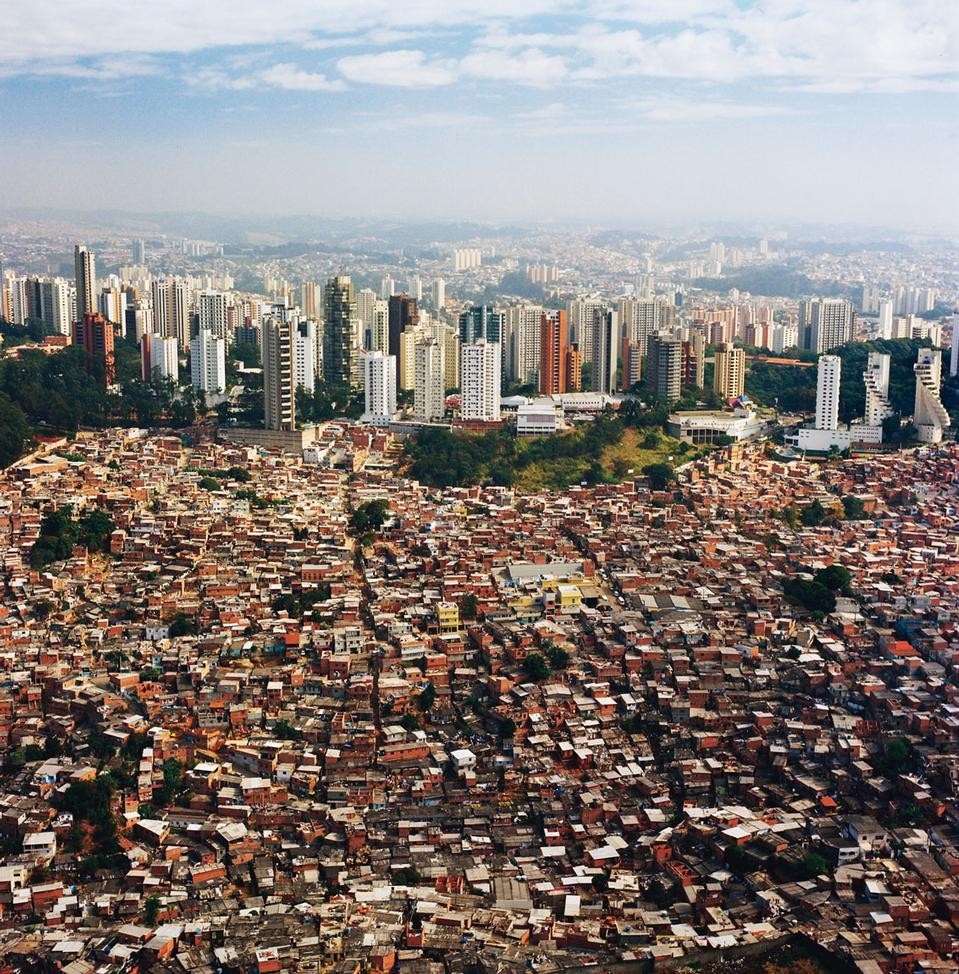Gilberto Kassab is investing in the subway and bus system and leading a crusade for a “Clean City”, with billposting made illegal and buildings scrubbed clean of graffiti. At December’s South American Urban Age conference we heard that more is being done to improve living conditions in São Paulo’s favelas, which are largely sprawling at the city’s outskirts, than in Rio, which has one in every neighbourhood. But the new Octavio Frias de Oliveira Bridge over a river beltway is a symbol of malaise in merely connecting traffic jams from two neighbouring districts. As many helicopters as in NYC or Tokyo enable the super-rich, taking harbour in gated housing and malls, to skip these issues. One of the items on Urban Age’s agenda is to interrogate the interactions between the formal and informal in cities and examine how contested public space can support, not restrict, civic wellbeing. As well as the conscience of this leading Latin-American business hub, aided by a bill of 44 Brazilian speakers, along with 12 presentations from other Latin-American cities like Buenos Aires and Santiago, and 40 from Europe and North America, the latest event also bravely took on board the urban futures of a whole continent. Visitors experienced the dramatic closeness of the Paraisópolis favela valley site, with its new school, to the luxury high-rises of wealthy Morumbi. Condo dwellers subsidise the favela, while the city council’s upgrading policy is to integrate the informal city and the legal, according to Elisabete Franca, Director of Social Housing. She led the Guarapiranga, a waterfront scheme with 500,000 people, 230,000 of whom were in precarious settlements, the biggest to date. With their Columbia Graduate School research lab, the Caracas-based Urban Think Tank Slum Lab is retrofitting the Grotão/Paraisópolis risk area for her department, via tactics to prefabricate, promote open-source knowledge, think formally and grow locally. In the ’90s some city dwellers believed in social policies alone, others in police repression. Now more do battle with civic disenfranchisement in the poorer communities, with a recognition of their unique qualities and a mix of actions. Filmmaker Tata Amaral, whose poplar Antonia series created a new representation of downtown to help promote self-esteem, said this still young city had to rethink democratic processes to build trust. Urban think tank assert that the rise of violent favela/barrio urbanism is the product of a society that has desensitised itself to social sustainability. Only 40 per cent of new construction in São Paulo is by architects, but a re-sensitisation happens when architects act as facilitators and interpreters of community needs, as underlined by the first-rate presentations of Alejandro Aravena, the Chilean architect and director of Elemental which is building social housing in Santiago, Alejandro Echeverri’s plan for Medellín in Columbia, Enrique Norten’s new multi-use waterside park plan in Mexico, and the new Slum Lab book. As Eduardo Roja, the Brazilian urban development specialist, pointed out, this compensatory stance based on a localising of creative knowledge is vital to strengthen social capital in a city with 39 municipalities, a fragmentation in management and “no long-term vision”. But Eduardo Jorge, Secretary of the Environment, stressed that the Mayor optimally worked like a conductor of an orchestra across all sectors. Many conductors are needed for the Urban Age symphony, which is about holistic results achieved top down and bottom up. Lucy Bullivant
